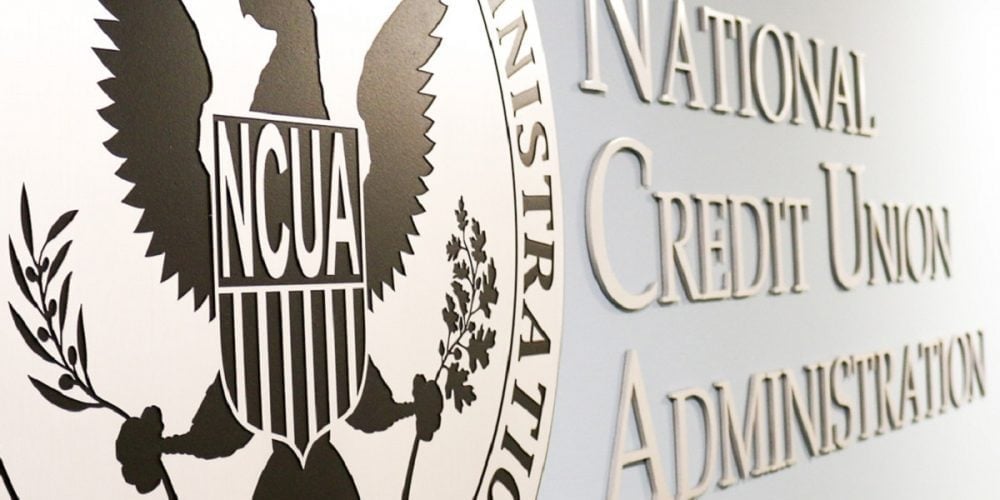 by: Penne D. VanderBush, CeM, Marketing Development Coordinator, VSECU
by: Penne D. VanderBush, CeM, Marketing Development Coordinator, VSECU
An effective campaign marketing strategy is tailored to the specific purpose of the campaign and the target audience. There are generalizations about what may work to get results; six-to-eight-to-motivate for example, however a properly identified target audience receiving the right message won’t need much more than one or two contacts to be motivated to inquire. Leave the generalizations for brand awareness efforts and make your targeted campaigns more powerful.
The Message and the Target Audience
A campaign will only be successful with a message worthy of building a campaign around. “We have loans” is not that message. Imagine getting a marketing piece from your cable company that says “we have channels.” Identify the benefit for the recipient clearly in the message and couple it with a captivating and relevant graphic.
Sending the right message to the wrong audience is a costly mistake. Incorrectly identifying the target audience can not only lead to poor ROI for your campaign but can result in discouraged or worse, lost members. Imagine receiving a rate reduction piece for a loan you don’t qualify for or are not allowed to refinance into. It’s crucial to be thorough in identifying your target audience.
The Campaign Strategy from Start to Finish
Purpose: What is the purpose of your campaign? This may be a specific growth goal or the introduction of a new product or service. Look to complete this sentence: Reach [target audience] with the message [marketing message] to [goal].
Eliminate: The right communication channels are key. List all the communication channels you have. Next, identify the channels that are not going to work to reach the target audience and eliminate them. Use the remaining channels to get your message out. This is a complete method to utilize all the pertinent channels you have available to you.
Navigate: Monitor the channels you’ve selected closely and make changes along the way. Identify the areas that are not working quickly and change them just as quickly. Most campaigns only run for a matter of weeks, don’t wait until the end to learn from what isn’t working.
Network: Network with other departments before and during the campaign, especially your retail manager and staff. If training isn’t necessary make your frontline staff aware of the campaign before launching and check in with them often. You’ll learn a lot from your frontline staff about what is and isn’t working. You’ll also learn if you’ve inadvertently created challenges for them that weren’t anticipated.
Educate: At the end of the campaign get your team together and start asking questions. What did you learn? Did your graphics and message work? Did you select channels that didn’t work at all? Why? Was your strategy successful in meeting the original purpose of the campaign? Did this work well for staff? Educating yourself and your team is the most important step to creating future campaign success. Write a summary of the results and what you’ve learned for future reference.
Purpose, Eliminate, Navigate, Network and Educate (P.E.N.N.E). If you use PENNE’s methodology to creating, launching, navigating and learning from your campaign strategies you and your team will keep improving with every initiative. To get a copy of PENNE’s campaign marketing strategy and a list of marketing channels you can start to use for the elimination process email pvanderbush@vsecu.com.
With a background in life insurance, mutual funds, web development and small business management, Penne VanerBush began working for VSECU in 2007. In 2010 she focused her efforts on electronic marketing and became a Certified electronic Marketer (CeM) as recognized by the eMarketing Association. Today her role is the coordination of marketing efforts in the Business Development and Marketing department for the largest state charted credit union in Vermont. www.vsecu.com






